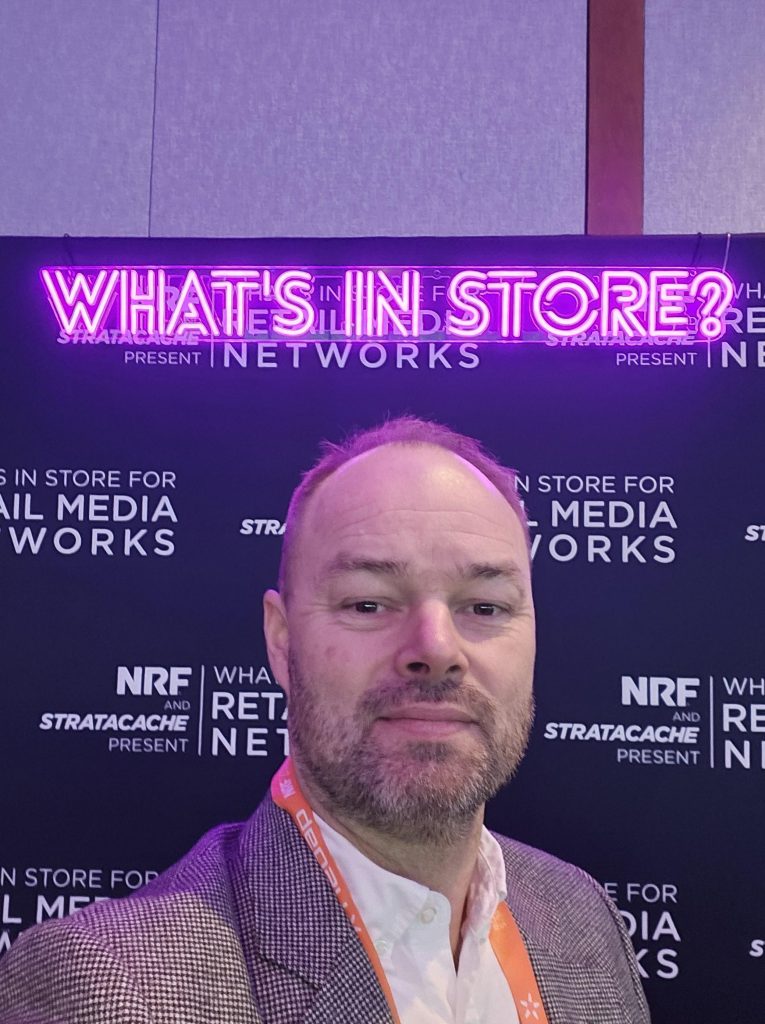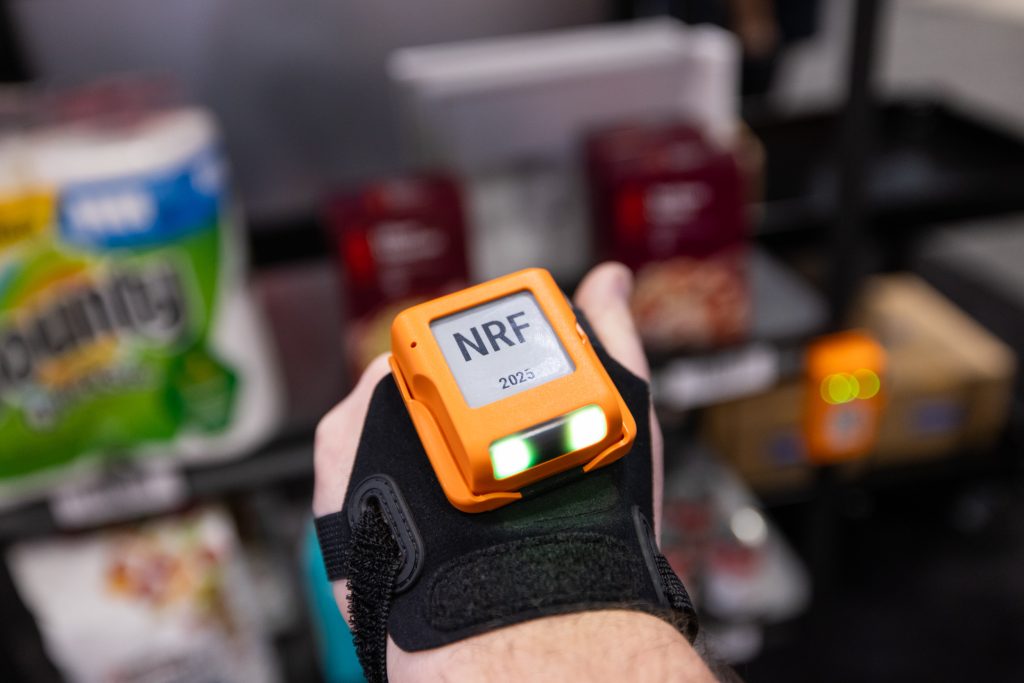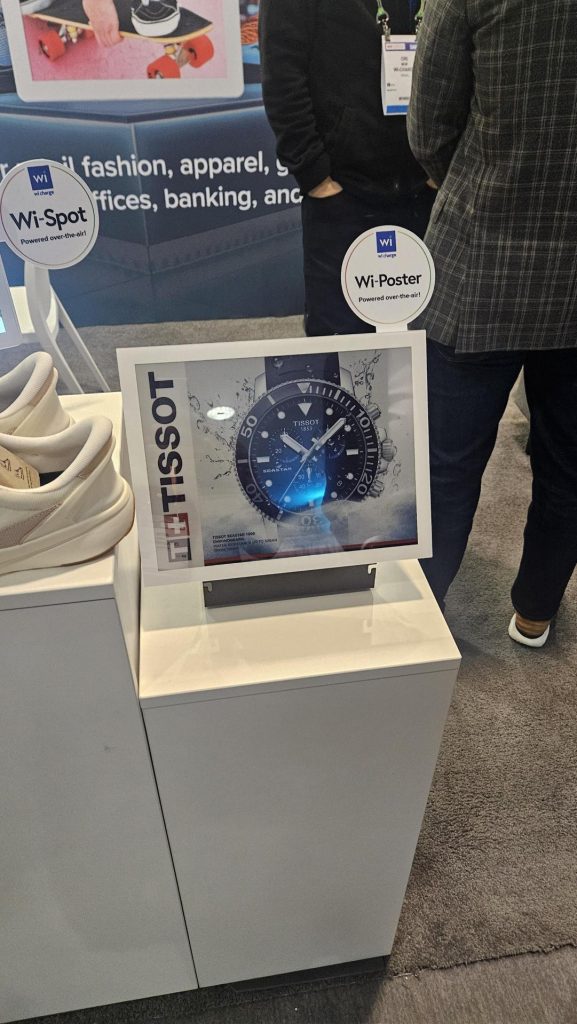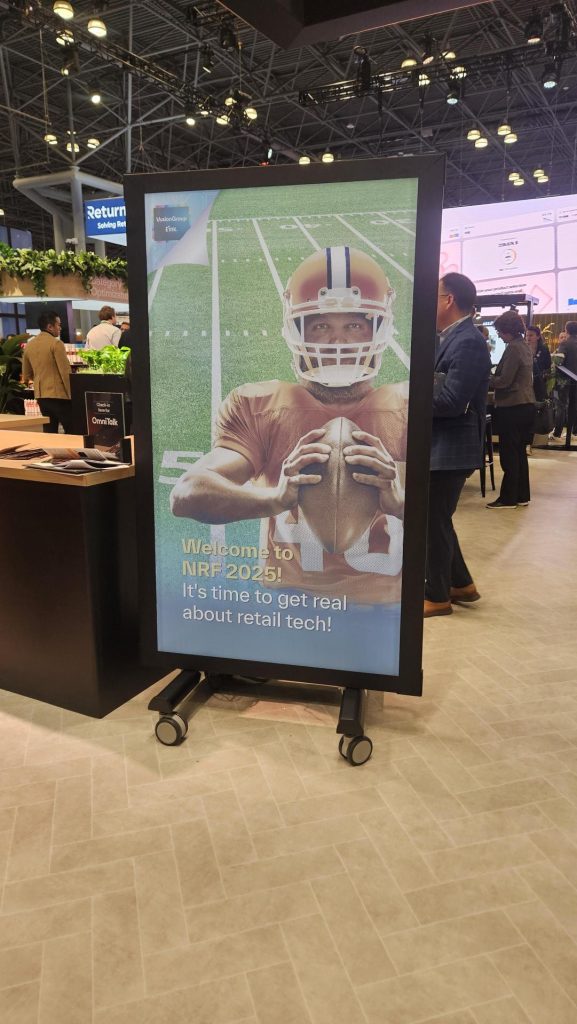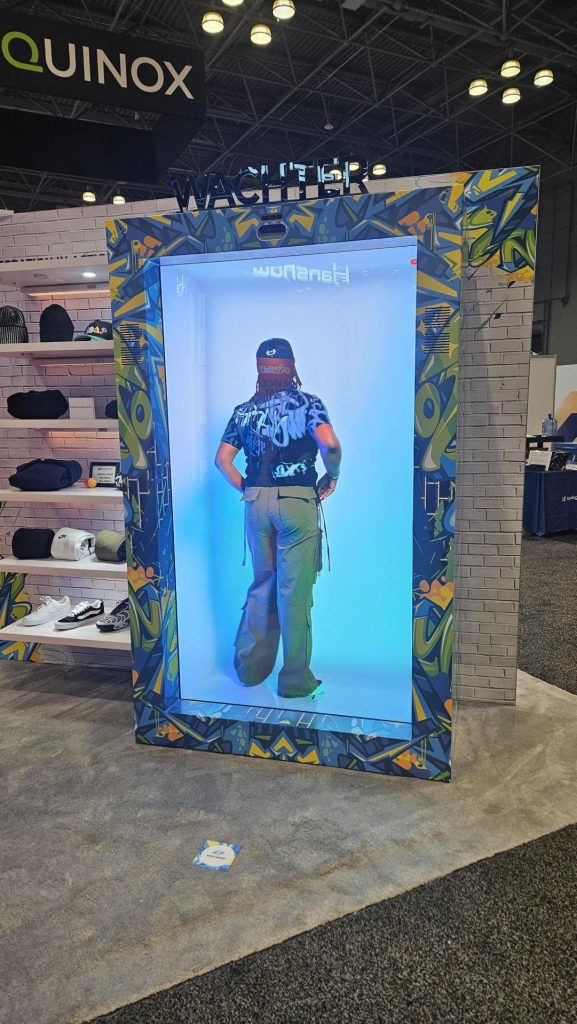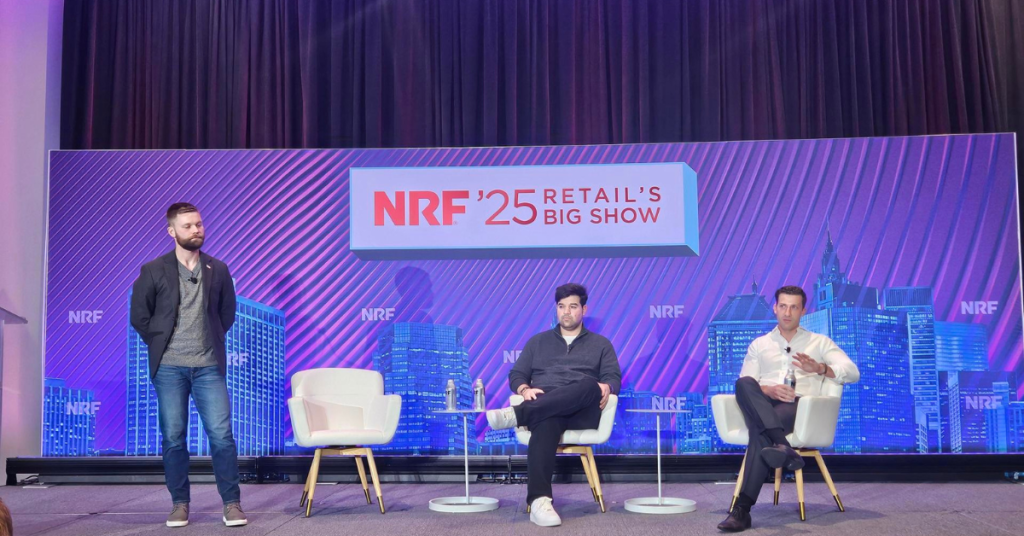
The National Retail Federation’s (NRF) “Big Retail Show” in New York brings the global retail industry together to explore the latest innovations, strategies and technologies transforming the sector.
This year’s event, attended by Jørn Olsen, Director of Retail Media & Analytics, placed a spotlight on artificial intelligence (AI), personalization and the booming influence of retail media as key themes driving growth and innovation.
Retail Media: The New Growth Engine
As brands and retailers look for new ways to engage customers, retail media is redefining the customer journey and unlocking new revenue streams.
These platforms leverage first-party data to deliver targeted advertising at the point of purchase, creating highly effective marketing opportunities. This enables businesses to blend commerce and marketing seamlessly, creating a unified ecosystem that benefits both retailers and shoppers. By leveraging insights from customer behavior, retailers can offer personalized, relevant ads that resonate with their audience, forging meaningful connections in an increasingly competitive marketplace.
Metrics and Measurement
Capturing in-store media metrics and measurement are essential for data-driven decision-making and ensuring the effectiveness of new technologies and strategies.
Retail media can generate a significant revenue stream, but to sustain its growth, advertisers and retailers must prove its value. Metrics and measurement help demonstrate ROI by tracking the performance of retail media campaigns and adapting to ensure ad placements lead to measurable outcomes like sales, engagement and customer retention.
However, we need to ensure transparency in reporting and standardized metrics to build trust between brands and retailers.
As technologies like retail media networks and AI reshape the sector, the ability to measure success will be critical to maximizing their potential and ensuring long-term growth.
AI Supercharging Retail Media
Unsurprisingly, AI emerged as the defining trend, with solutions for enhancing brand positioning, streamlining operations and delivering hyper-personalized customer experiences.
AI is amplifying the impact of retail media by improving ad targeting, optimizing campaign performance and generating actionable insights. A highlight of the event was Nvidia’s Azita Martin, who emphasized how AI can be used to align retail media with broader business objectives, such as streamlining supply chains and refining customer engagement strategies. Retailers leveraging AI are finding it easier to benchmark success, measure ROI and continuously improve their offerings.
AI solutions spanned the majority of the show floor, it’s clear that this technology is integral to advancing retail media. From real-time personalization to predictive analytics, AI-driven tools are allowing retailers to better understand their audiences and refine their strategies in the retail media sector.
Keynotes, including a standout speech from Doug Herrington, CEO of Worldwide Amazon Stores, positioned AI as a transformative force central to retail’s development and success. AI has the potential to influence product recommendations, inventory management and customer service.
Connected TV (CTV) and RMNs
More brands are leveraging retail media networks (RMN) to activate their capabilities in the CTV space. RMN are not just a lower funnel tool, done right they can also contribute to top funnel brand building. For retailers RMNs bring additional revenue streams to leverage in the overall strategy, but it is important to keep customer centricity at the heart of the network to make the flywheel work.
Advertisers can capitalize on the closeness to the product with the ability to close the loop and leverage its position. This lucrative model enables retailers to bring new and differentiated media strategies to physical retail locations, transforming the in-store experience and creating more engagement opportunities with customers.
Looking Ahead
As retail media continues to evolve, its impact on the retail industry will only grow. Retailers that embrace this opportunity—integrating advanced technologies and a data-driven approach—will be well-positioned to lead in a competitive market. The NRF’s Big Retail Show made it clear: the future of retail is not just about selling products but creating connected, personalized and seamless experiences for every customer.
One clear takeaway was that brands that implement AI tools and intelligent systems early will do better than those sticking to traditional methods. AI enables brands to remain adaptable in a rapidly changing environment balancing both online and offline experiences. Bricks and mortar retail stores remain important, but it is crucial to establish digital shop capabilities to balance the appetite for both.
Remaining agile remains the biggest challenge but the key lies in encouraging a culture of change with teams ready to implement new ideas. In addition, integrating omnichannel strategies ensures a consistent customer experience across all platforms. Invest in channel integration early to bolster your offering.
Key Takeaways for Retailers
- Invest in Data: First-party data is the cornerstone of successful retail media strategies. Retailers must prioritize collecting, managing, and analyzing their data to unlock new advertising potential.
- Leverage AI: Incorporating AI into retail media enhances targeting, improves efficiency and delivers measurable results.
- Focus on Personalization: Retail media thrives on relevance. By understanding individual customer needs, retailers can create advertising experiences that drive both engagement and loyalty.
At NRF, Jørn personally focused on finding more advanced analytics capabilities and technology to strengthen our international retail media offering. On the final day, he put theory into practice by conducting a short retail shop tour where he observed how many of the world’s best retailers were using technology—not for the sake of technology itself, but to address the three timeless needs: lower prices, faster delivery and more choice.
